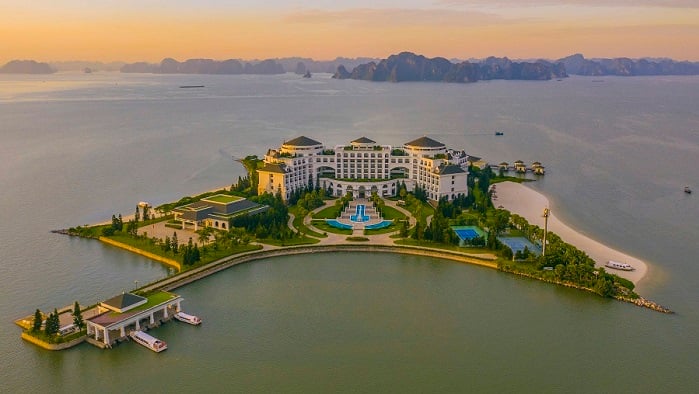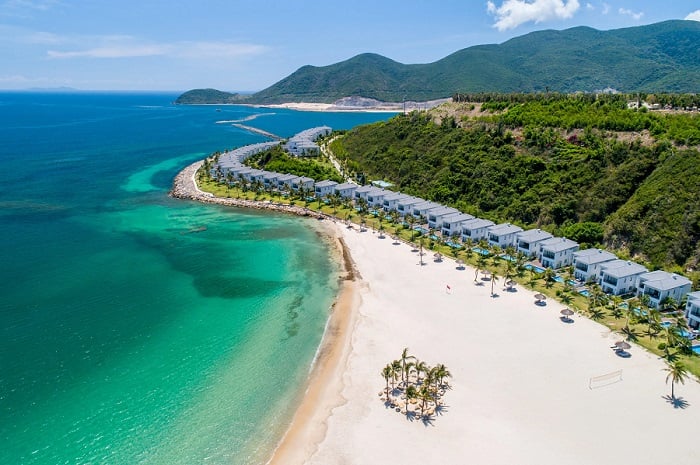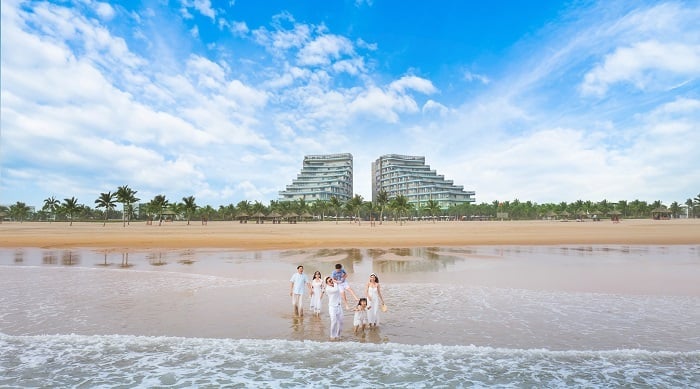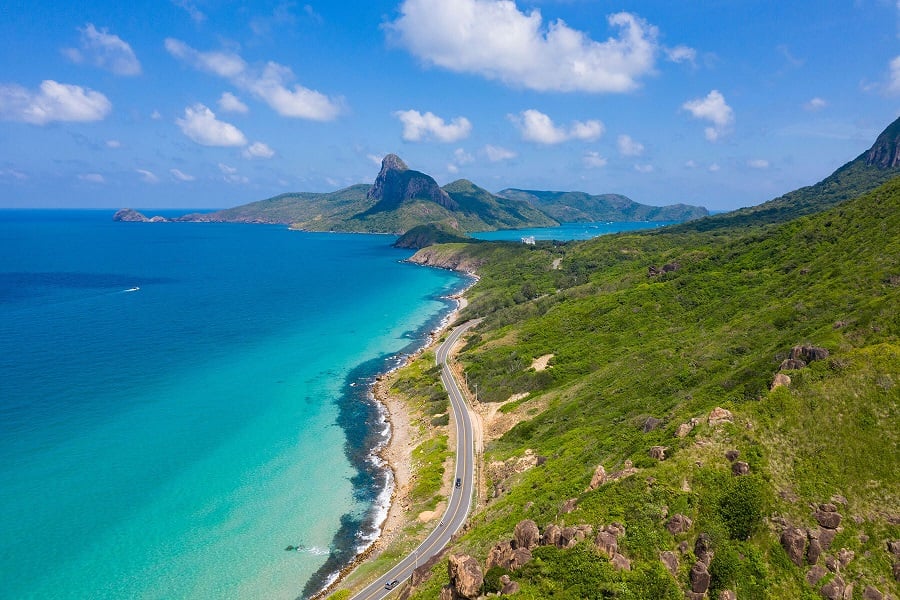
If you are ready for your Asia travel, you should know about the intricate tapestry of climates that Asia offers, from the tropical warmth of the south to the continental climate in the central region. Whether you are planning a visit to the vibrant streets of China, the scenic landscapes of Vietnam, or the exotic beauty of the Maldives, this comprehensive guide will help you understand Asia's weather.
1. An overview of Asia topography and climate
Asia is a big continent with a complex geographic distribution. It houses several natural wonders, including the Great Barrier Reef and the Himalayas. The monsoon climate and the continental climate are the two main climatic types that characterize Asia's weather.
South Asia, Southeast Asia, and East Asia are all influenced by the monsoon climate, which brings two distinct seasons: summer and winter. In summer, maritime breezes bring humidity and rainfall to the continent. In winter, the dry, cold air from the inner region sweeps in. This dynamic interplay of seasons influences the lifestyles and landscapes of many areas affected by the monsoons.
For instance, Asia's weather and climate may be described as arid throughout most of the inner region and damp in the southeastern region. Meanwhile, far in the northern region, the weather in Asia is extremely frigid.
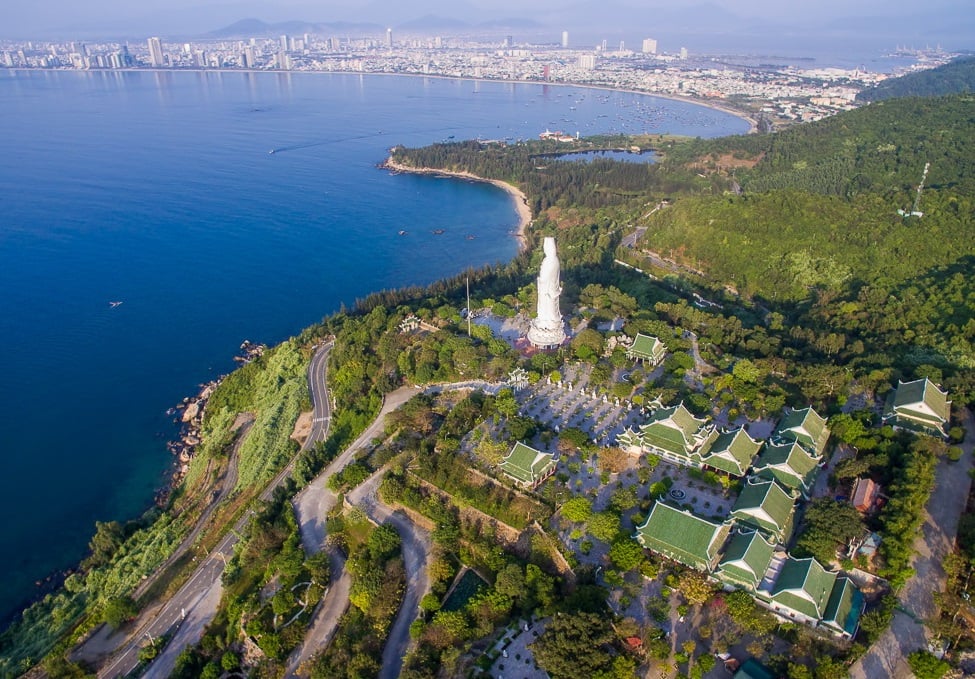
>>> Explore these must-visit destinations in your Asia tours!
2. A deeper look into Asia weather’s features by region
2.1. Southeast Asia's weather
There are two main seasons in Southeast Asia's weather cycle: the rainy season and the dry season. This region is a popular tourist destination thanks to its year-round warmth caused by its proximity to the equator. The period from March to May brings scorching temperatures around 38°C (100°F). Evenings are often cooler, offering a respite from the daytime. The humidity is often high year-round.
In countries like Thailand, Laos, Vietnam, Cambodia, Myanmar, and the Philippines, the dry season lasts from November to May, and the rainy season from June to October. Meanwhile, in Malaysia, Indonesia, and Singapore, the dry season stretches from April to September and the rainy period from October to March.

2.2. East Asia's weather
East Asia's weather is shaped by the monsoon winds, which determine seasonal fluctuations in precipitation. The climates of this region are varied, spanning from subtropical to alpine environments.
The monsoons, which cause rainy summers and dry winters in parts of China and Korea, are a factor in the generally humid continental climate. On the other hand, southern China and parts of Japan experience milder winters and hot summers.
East Asia's weather is also diverse because of its landscape variations. While some regions enjoy subtropical heat, others - particularly in Tibet - struggle with the harshness of alpine cold.

2.3. South Asia's weather
South Asia's weather is greatly affected by the monsoons. The eastern half is predominantly characterized by the warmth of the savanna climates, along with the high humidity of the subtropical climate. However, nestled further eastward are highlands that exhibit extreme cold, with winter temperatures dropping below freezing point.
The western half of South Asia is known for its warmth, with higher temperatures due to extensive arid and semi-arid areas. The southwest monsoons usher in a rainy season from June to September, while the northeast monsoons bring a dry season from December to February.

2.4. West Asia's weather
West Asia, also known as the Middle East, is a region with diverse climates, characterized by three zones: a continental climate in the north, a dry climate in the south, and a Mediterranean climate along the western edge.
The northern part has a continental climate with cold winters and hot summers. Rainfall is minimal, occurring mainly in January. The southern part is primarily arid, with rainfall being sparse and humidity remaining low. Meanwhile, the western edge has a Mediterranean climate, with mild, rainy winters and hot, dry summers.
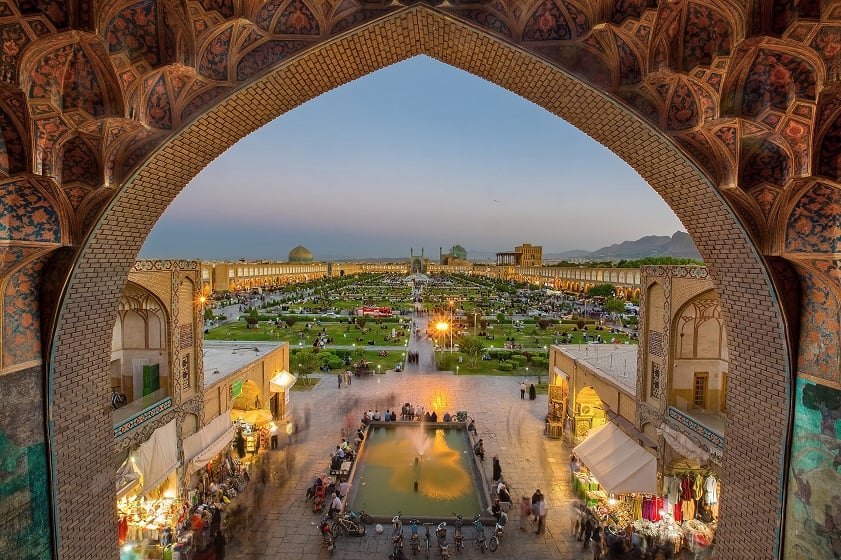
2.5. Central Asia's weather
Central Asia's weather is generally dry and arid, with hot summers and cold winters. This region is landlocked, which means it lacks maritime air masses that would otherwise moderate the temperature. The mountains in the region block moisture-laden winds from the nearest large water body, the Indian Ocean, making the climate lean towards the drier side.
The intense summers in Turkmenistan and Uzbekistan make it hard to travel. In mountainous areas, the climate is cooler, which is more suitable for explorations. Autumns transform Central Asia, with plains in northern Kazakhstan showcasing warm autumn hues. Winter, marked by icy winds from Siberia, blankets much of the land in snow, restricting travels due to road closures. Meanwhile, springs often alternate from the heat and humidity to the rain and snow.
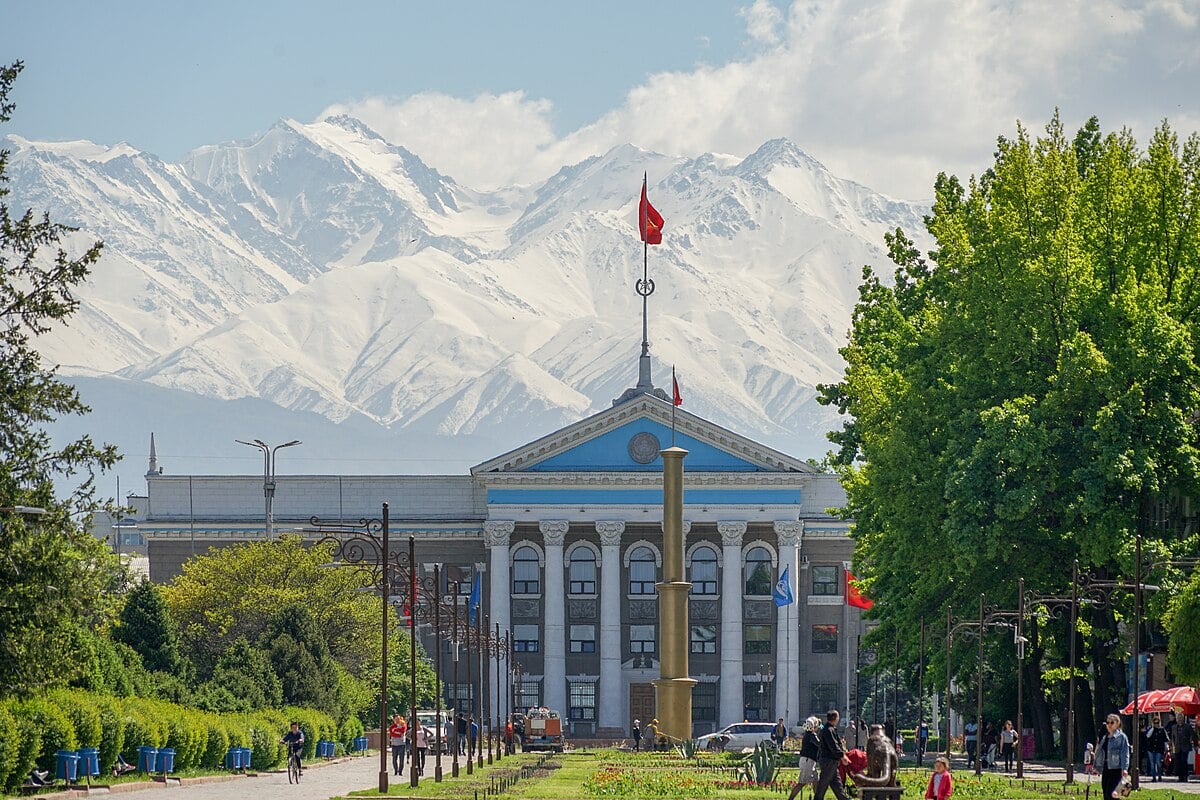
>>> Check out these amazing countries in Asia and start planning your next adventure!
3. The best time to visit popular destinations based on Asia's weather
3.1. Thailand
Thailand is known for being one of the cheapest countries to travel in Asia. The ideal time to visit Thailand is from December to March, when there are sunny days which ensure a pleasant stay. When planning your trip to Thailand, try to avoid the rainy season from May to October, when the monsoons bring heavy downpours. However, for budget travelers, the cheapest time for traveling coincides with the rainy season due to significantly lower room rates.
For your beach holiday, the best time to explore the Gulf of Thailand is from January to March, while the islands on the west coast like Phuket and Krabi peak in December and January. Enjoying cities like Bangkok and Chiang Mai will be most suitable from December to February with cooler temperatures.
3.2. Vietnam
The best time to visit Vietnam varies across its parts. In northern Vietnam, the ideal time to immerse yourself in Hanoi’s culture is from October to April, with cool and breezy weather. From November to March is perfect for trekking in Sapa. Meanwhile, you can enjoy your time sightseeing in Ha Long all year round.
In central and southern Vietnam, from February to August is the best time to travel with warm, sunny weather. From October to November, some locations can suffer from flooding like Hoi An. The rainy season brings higher chances of storms and floods. In contrast, the dry season from December to April is ideal for vibrant city experiences in Ho Chi Minh City, cruise trips in the Mekong Delta, and beach retreats in Phu Quoc or Nha Trang.

As you prepare for your Vietnam travel, make sure to arrange where you will stay ahead of time. It is recommended that you book a room at the hotel and resort system of Vinpearl. Scattered across Vietnam in the most touristy spots, Vinpearl provides visitors with luxurious rooms, all-inclusive services, and a range of attractive amenities such as restaurants, bars, swimming pools, etc.
You can also discover the ultimate fun and thrill at VinWonders - a chain of entertainment complexes that promises endless fun and excitement for visitors of all ages. VinWonders will surely bring you an unforgettable experience that will leave you and your loved ones enchanted!
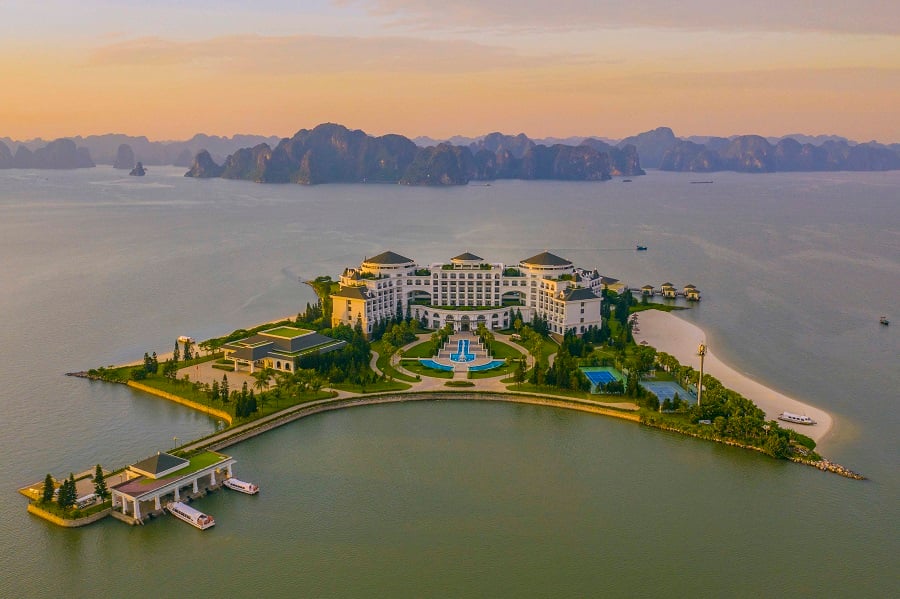
>>> Book rooms in Vinpearl Phu Quoc, Vinpearl Nha Trang, Vinpearl Resort & Golf Nam Hoi An, Vinpearl Resort & Spa Ha Long for a flawless stay in Vietnam!
3.3. Indonesia
During your Southeast Asia travel, Indonesia is a destination you don’t want to miss out on. Here, the peak travel season of July - August promises perfect weather to enjoy your beach parties, especially in Bali and Lombok. Packed with activities like trekking, surfing, and diving, it's a lively time in Indonesia.
The shoulder seasons are March - June and September - November, with less crowds and lower prices, which is ideal for nature lovers as they can go on some volcano treks. January - February is the low season, offering short and intense downpours. Though humid, it provides a relaxed atmosphere with fewer tourists, when exploring the temples in Java and Bali is recommended.
3.4. Singapore
The optimal time to experience Singapore's vibrant charm is from December to June, particularly during the dry season from February to April. You can expect minimal rain, low humidity, and abundant sunshine at this time of the year.
For a serene visit to Sentosa Island, the period from June to August provides ideal summer days. You can enjoy the grand Chinese New Year festivities in January or February, the mid-autumn festival in September or October, and Singapore's National Day in August. June - August is the best time to go shopping, as this time awaits the Great Singapore Sale. From July to November offers a quieter ambiance, which is ideal for crowd-free explorations.
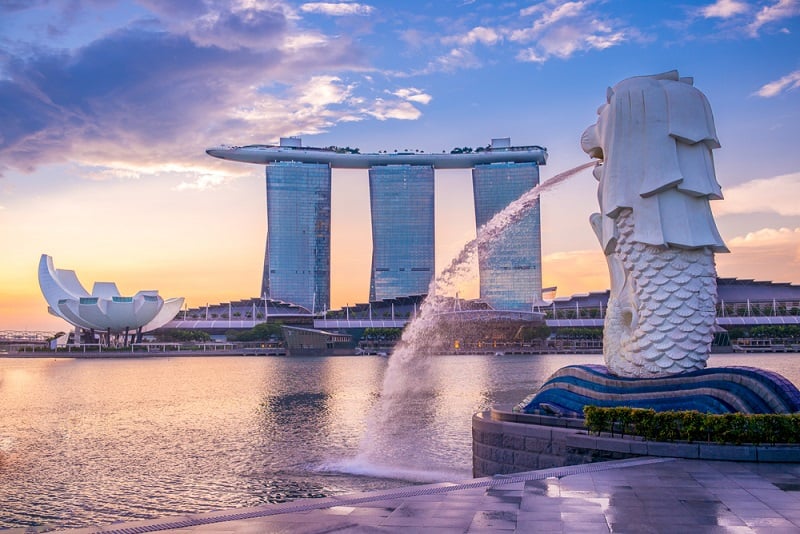
3.5. The Philippines
Early spring, part of the dry season, is one of the greatest periods to visit the Philippines. This is a perfect time to explore the beaches before the rainy season starts, with activities like surfing, scuba diving, and snorkeling. You can visit northern Luzon, Cagayan Valley, the Banaue rice terraces, and Mt. Pulag National Park, where there are lots of interesting sights for you to see. In summer, a trip to San Fernando Pampanga for a culinary experience is ideal.
Remember that in the Philippines, climatic anomalies like El Niño and La Niña may disrupt weather patterns, leading to droughts or floods. So, thorough research and planning before your trip to the Philippines is a must.
3.6. South Korea
The optimal time to experience South Korea's enchanting landscapes varies with the seasons. To witness the iconic cherry blossoms painting the country in hues of pink, plan your visit between March and May. Summer (June - August) is perfect for beach lovers and hikers, but be prepared for high temperatures and humidity levels. You can visit Seoul - the capital city of South Korea, or Busan - a coastal city with vibrant nightlife. Jeju Island is also a popular tourist destination with beautiful beaches, waterfalls, and hiking trails.
Alternatively, in autumn, the period from September to November showcases a mesmerizing transformation, as leaves change color in the cooler weather. And remember not to miss out on the Seoul Lantern Festival held in November.
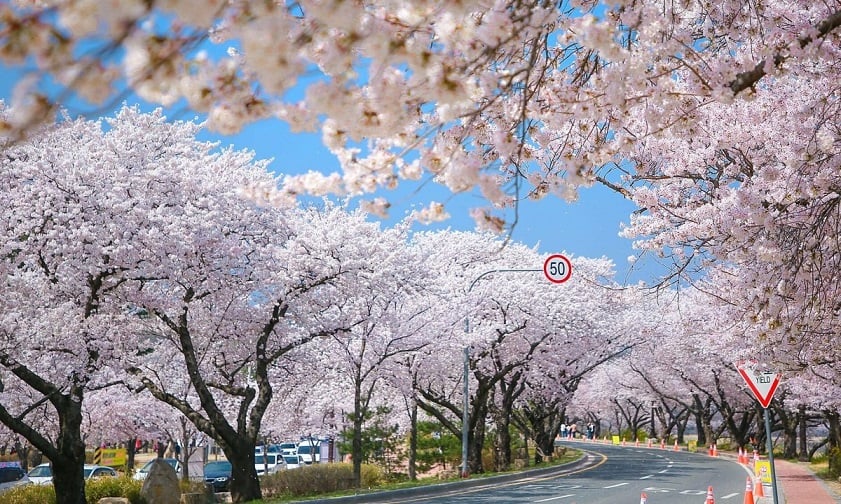
3.7. Japan
Japan is one of the top-favorite countries among Asia destinations due to its traveling opportunities in all four seasons. The most enchanting times to explore Japan are spring from March to May and autumn from September to November, when the country is at its most vibrant beauty with cherry blossoms. You can take a tour of Tokyo, Osaka, or Kyoto to enjoy the city life, cuisine, and cultural heritage.
For a unique winter experience, venture to northern Japan from December to February, where snowy landscapes are brightened by lively festivals, offering a captivating contrast to the cold. Hokkaido is a popular tourist destination with beautiful scenery, hot springs, and winter sports, which is an ideal place to visit in winter.
3.8. China
The prime times to explore China are spring from April to May and autumn from September to October. At this time, you can expect pleasant weather and picturesque landscapes across popular destinations in China.
Cultural and historical destinations like Beijing, Shanghai, and Xi'an are suitable for year-round visits, with sightseeing activities hardly affected by weather conditions. For fewer crowds, you can consider visiting in April, September, or October. If you plan to visit China in the beginning months of the year, it is a good idea to time your trip to coincide with the Chinese New Year in late January or early February, when you can immerse yourself in the traditions of the locals.
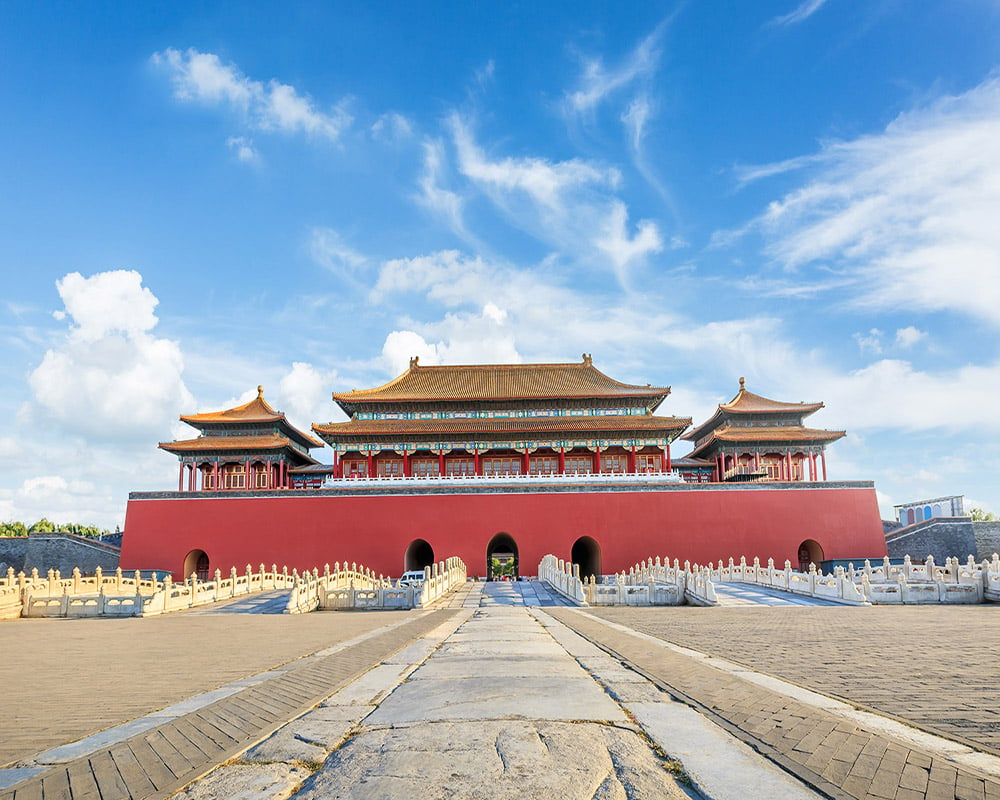
3.9. The Maldives
With consistently hot weather, pristine sandy beaches, and high-design hotels that proudly present award-winning restaurants, the Maldives stands as one of the most famous get-aways for holidays. The prime time to visit is from December to April - the dry season with minimal rain, low humidity, and serene weather. You can immerse yourself in activities like scuba diving or snorkeling, as you can benefit from excellent visibility during this time.
The rainy season, spanning from May to October, brings increased rainfall and strong winds. For budget-conscious travelers, the low season from May to November presents substantial drops in hotel room rates, accompanied by perks like free transfers and room upgrades.
3.10. India
The ideal time to visit India depends on the location you choose. October offers very comfortable temperatures, with a mild nip in the air, making winter less chilly compared to other East Asian countries. In southern cities like Chennai, Goa, and Bangalore, the coastal areas experience more humid conditions. From mid-April to mid-September, India encounters its monsoon season with soaring temperatures. While this period often brings travel deals, it is less favorable due to extreme heat and heavy rains. However, this time of the year is a great opportunity for tiger sightings.
If you want to enjoy India's festivals, the country ensures there's never a wrong time to visit. Diwali and Holi, two of the largest festivals, occur in winter and spring, respectively. You can visit Agra to see the iconic Taj Mahal, Jaipur - the Pink City, and Goa - a coastal state with beautiful beaches and vibrant nightlife.
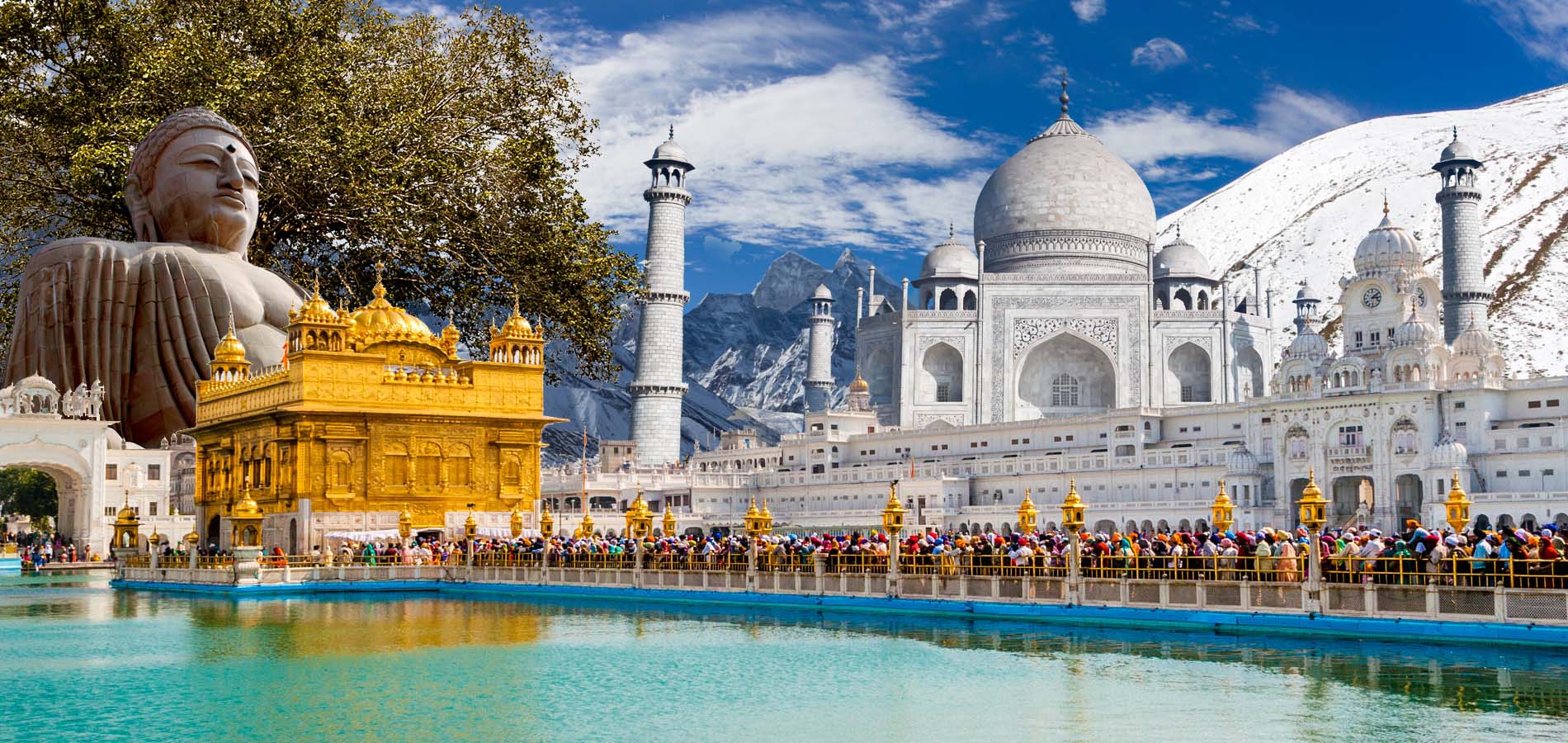
>>> Look no more! These are hands-down the best countries to visit in Asia!
4. What to pack according to Asia's weather?
4.1. In Asia hot weather
In preparing for your journey through Asia, strategic packing can enhance your travel experience. See the travel checklist below to see what to bring to be well-prepared during Asia hot weather:
- Clothing made of cotton or cotton-blend fibers for quick drying
- No tight-fitting jeans
- Hiking boots
- Long-sleeved cotton or cotton-blend shirts for protection against the sun and insects
- A wide-brim hat and swimsuit
- A light rain jacket/windbreaker with a hood
- Sunglasses
- Sunscreen (SPF 30 or stronger) and insect repellent with DEET (30-35%)
- A folding umbrella
- A flashlight or headlamp

4.2. In Asia cold weather
The key to packing for Asia's weather in winter is to prepare for varied weather conditions, from chilly mornings to milder afternoons or potential snowfall. See the list of travel essentials below:
- Waterproof ski jacket
- Beanies
- Pullover hoodie sweatshirt
- Winter scarf
- Touchscreen gloves
- Trench coat and lightweight down puff jacket
- Hooded jacket
- Winter boots
- Sweater, cardigan, and long sleeve tops
In conclusion, preparing for a trip to Asia demands a keen understanding of Asia's weather. Whether exploring vibrant cityscapes or trekking through picturesque landscapes, being weather-ready will enhance the overall travel experience. It is also important to be aware of the weather forecasts and take appropriate measures to cope with any weather-related emergencies.


